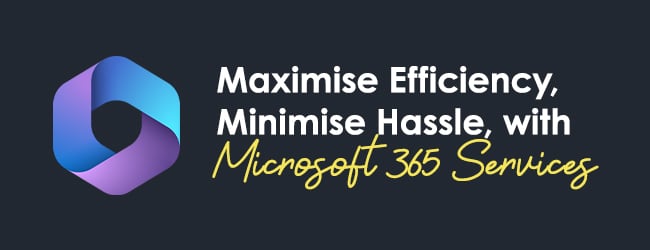Five Australian mining companies have fallen victim to cyberattacks in just the past year. Two of the most recent incidents include a ransomware attack on Evolution Mining in August 2024 and a data breach at Northern Minerals Limited in March 2024.
These attacks highlight the growing threat to the mining sector, with potential consequences ranging from data theft and operational disruptions to severe reputational damage. As cybercriminals increasingly target the industry, mining companies must urgently address vulnerabilities to protect their sensitive data and secure their operations.
According to a study by the RMIT University Centre for Cyber Security Research and Innovation (CCSRI), among the culprits are legacy systems. They are older IT systems running on outdated hardware and software.
In this article, we unravel how modernising legacy systems can strengthen mining businesses against threats.
Exposing the Hidden Dangers of Legacy Systems in Mining
Why do some mining operations still rely on legacy systems? It can be a combination of the following reasons:
- Upgrading involves significant cost
- Migrating from legacy systems to modern platforms can be complex
- Some may not fully understand the security risks and inefficiencies associated with legacy systems
Relying on outdated software, hardware, and protocols is like using a rusty lock on a high-security vault. This creates major vulnerabilities such as:
No More Patch Patrol
Legacy systems often lack continuing vendor support. That means they no longer get security patches to fix newly discovered weaknesses. Many cyber incidents happen because hackers were able to exploit a known vulnerability in unsupported software.
Dino-Security
Legacy systems are incompatible with modern security solutions. It’s like trying to secure an ancient door with a digital lock. As a result, organisations are often forced to rely on outdated security measures, leaving significant vulnerabilities for cyberattacks to exploit.
Complexity Creep
Over the years, layers of customisation and integrations can make legacy systems a tangled mess. This complexity makes it incredibly difficult to maintain proper security, thus opening up opportunities for cybercriminals.
The Benefits of Upgrading Legacy Systems
In today’s digital age, legacy systems are a liability. Modernising your systems will not only enhance your organisation’s security but also unlock new efficiencies, improve decision-making, and drive innovation.
Seamless Integration
Modern systems are designed to integrate seamlessly with advanced security solutions like intrusion detection and data loss prevention (DLP). By upgrading your legacy systems, you can have all your IT components working together like a well-oiled machine.
Efficiency and Productivity Boost
Legacy systems are notorious for being clunky and inefficient. A new system can allow you to streamline workflows, improve data accessibility, free up your IT team from constant troubleshooting, and reduce maintenance costs.
Future-Proofed Mine Operations
Newer IT systems are built with scalability in mind. They enable businesses to easily adapt to new technologies and security challenges.
Stronger Security
A system upgrade can equip your mining operations with the latest security features. Your business will also receive ongoing vendor support with regular security patches, ensuring you’re always one step ahead of cybercriminals.
By investing in a modern system, you’re investing in the future of your mine. A secure, efficient, and scalable system can also help you navigate challenges with confidence.
Why Cyber Security in Mining is Crucial
Cybercriminals are targeting the mining industry’s digital infrastructure. A successful attack can lead to significant financial losses, operational disruptions, and reputational damage.
By modernising your systems, you can protect your business, optimise your operations, and gain a competitive advantage. Here are the other benefits of enhancing cyber security in mining companies:
A Culture of Security
Empower your employees with security awareness training and foster a cyber vigilant culture. Every team member can play a role in protecting your valuable data.
Strategic Defence
A robust cyber security strategy, with a strong focus on defense, is crucial for mitigating cyber risks and protecting your organisation.
Continuous Improvement
You can stay ahead by regularly updating your security protocols and conducting vulnerability assessments. These help to identify and address weaknesses before they’re exploited.
A Modernisation Roadmap to Upgrading Your System
A legacy system upgrade might sound daunting, so here’s a simplified process to help you get started:
- Assess the Landscape: Evaluate your current systems. Identify the ones most critical to your operations and most vulnerable due to age or outdated features.
- Define Your Goals: What do you hope to achieve through upgrading? Improved security? Enhanced efficiency? Having clear goals will guide your strategy.
- Explore Your Options: There’s no one-size-fits-all solution. Consider factors like flexibility, features, your team’s needs and budget.
- Seek Expert Guidance: Partner with trusted IT professionals who can help you develop and implement an upgrade plan, manage risks, and streamline transition.
Upgrading your legacy systems doesn’t have to be a Herculean task. Are you ready to learn more? Discover how Inspired IT’s Microsoft 365 Services can modernise your mining operations:




